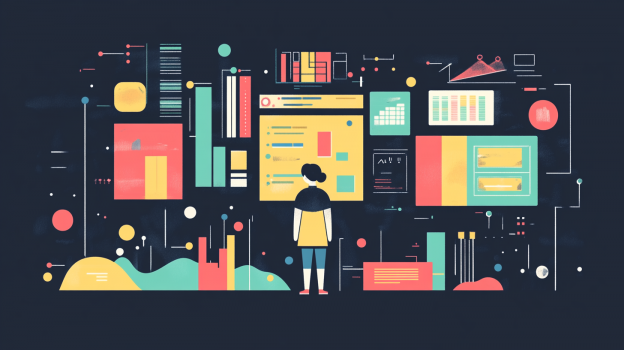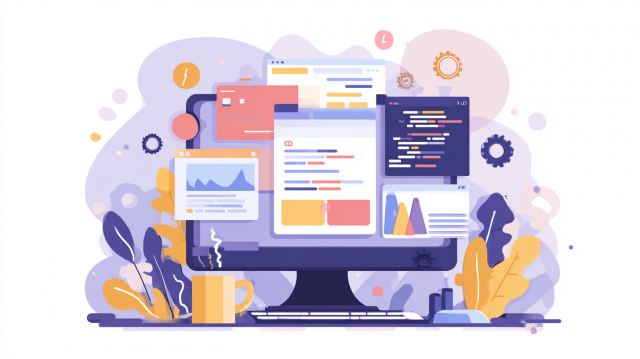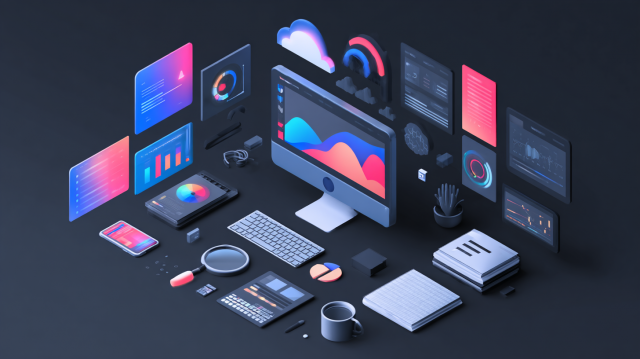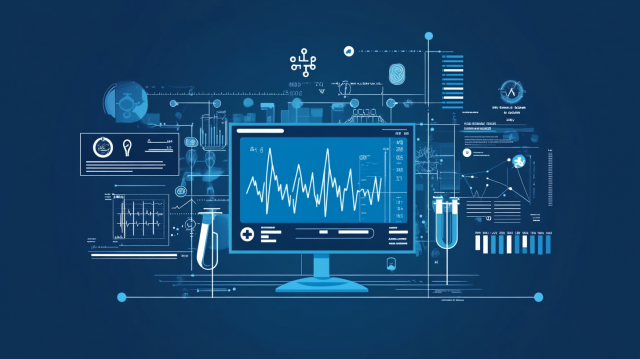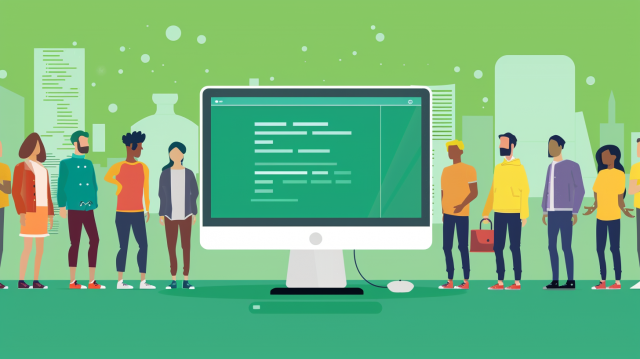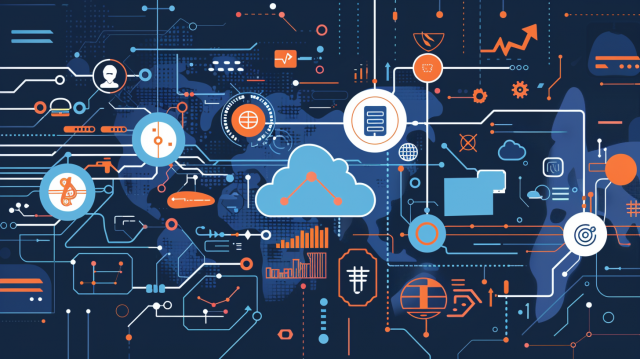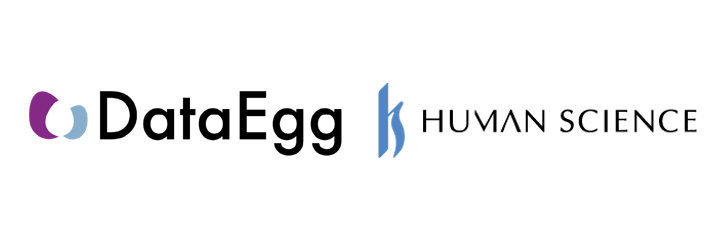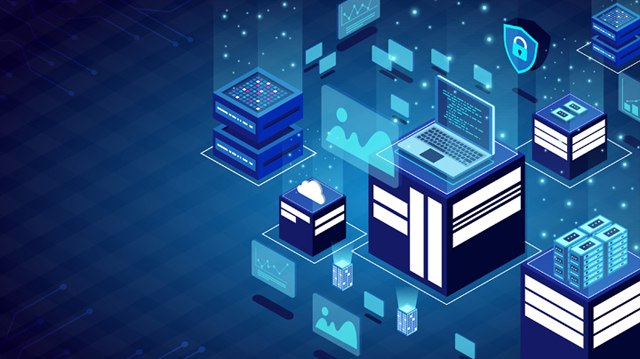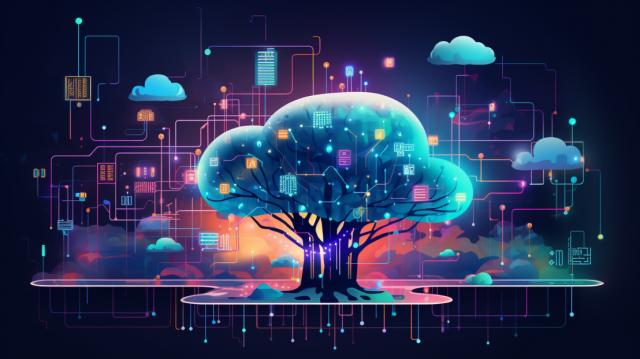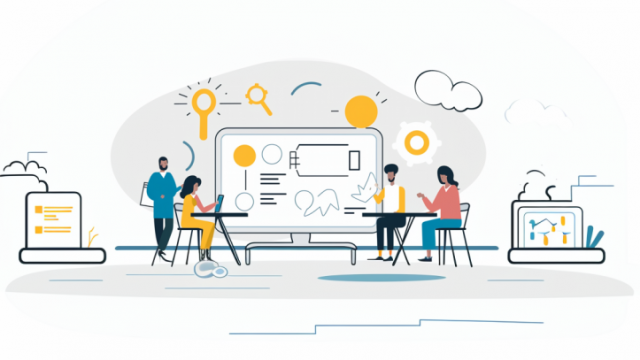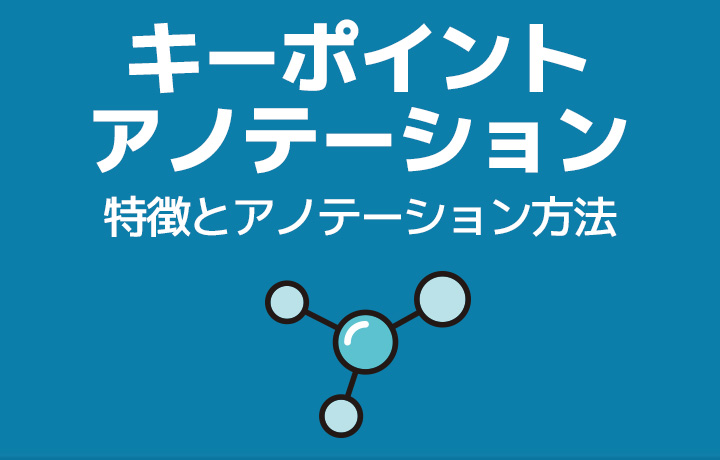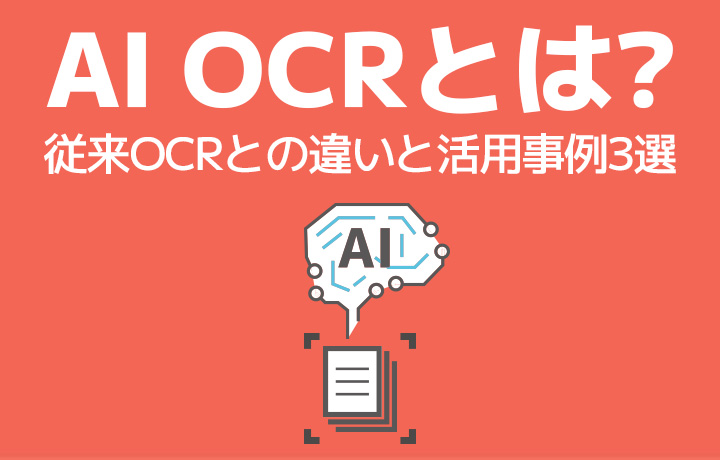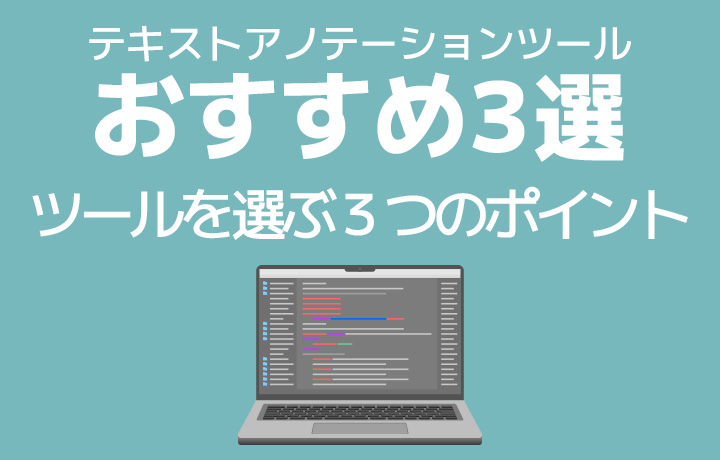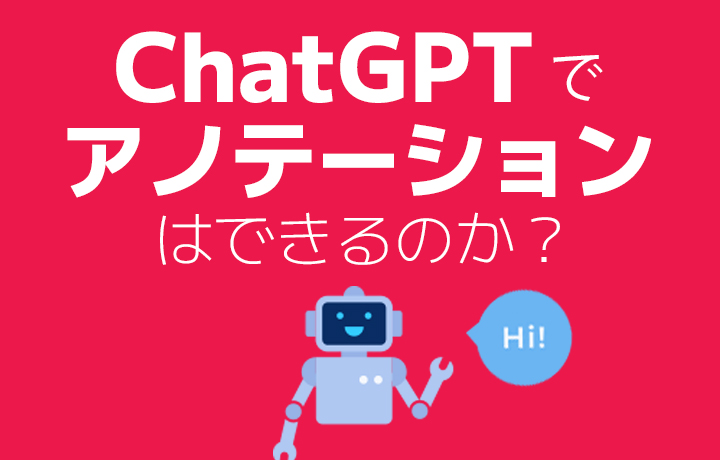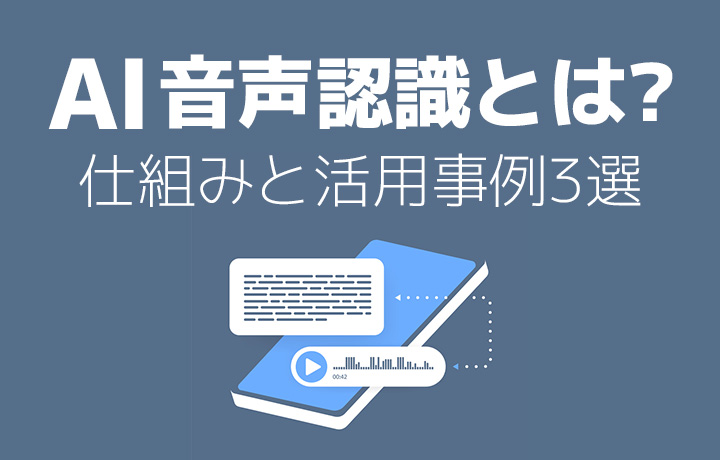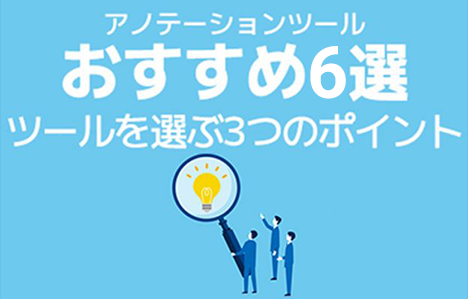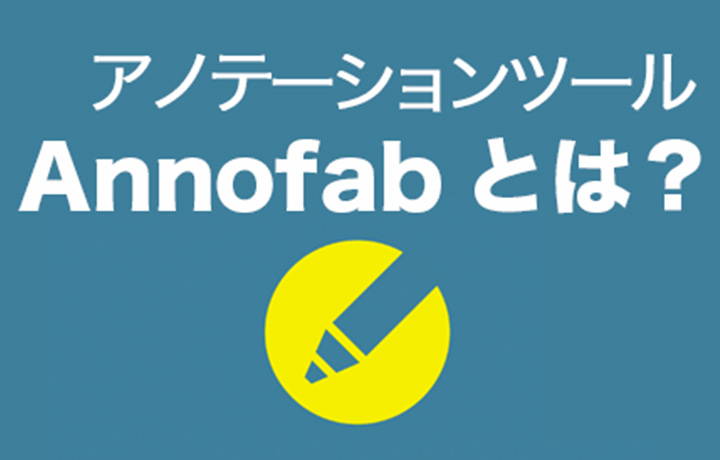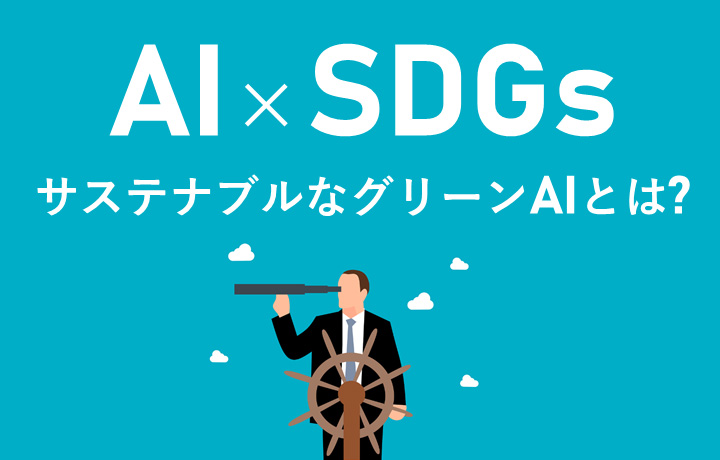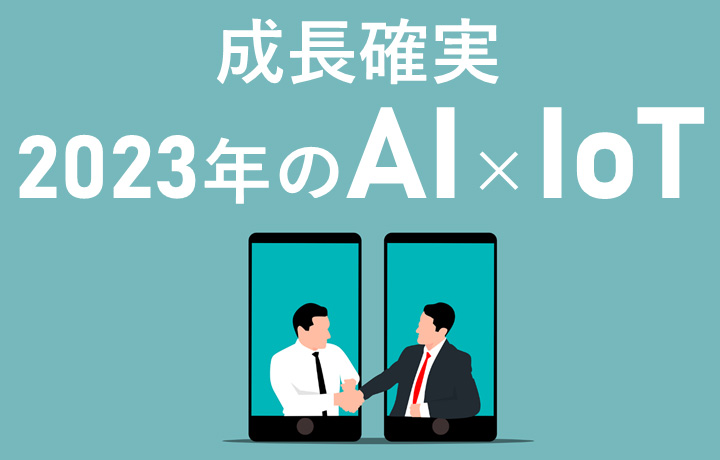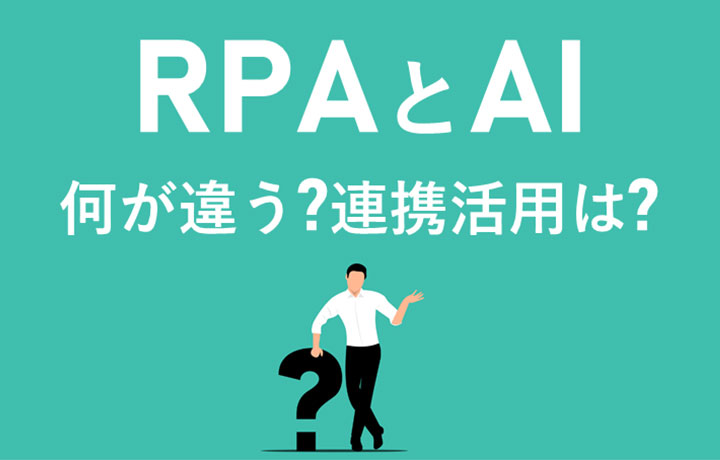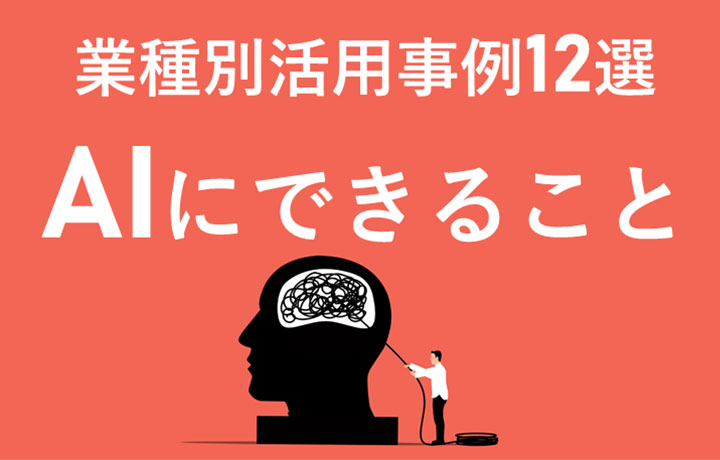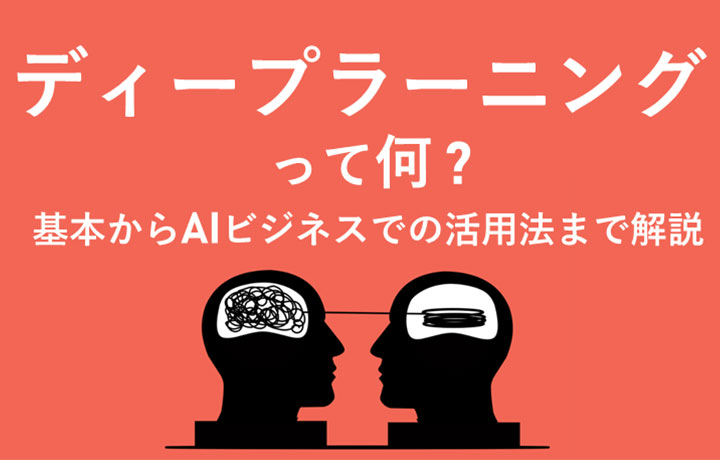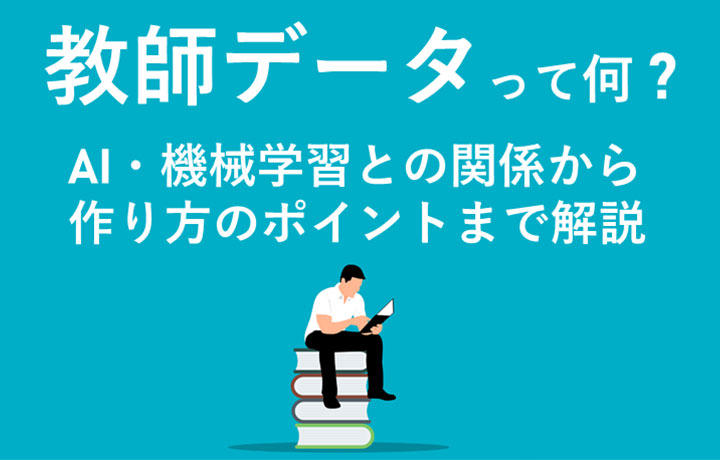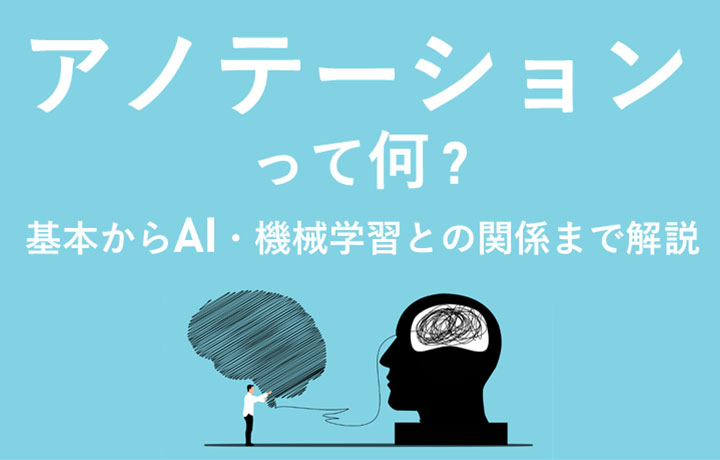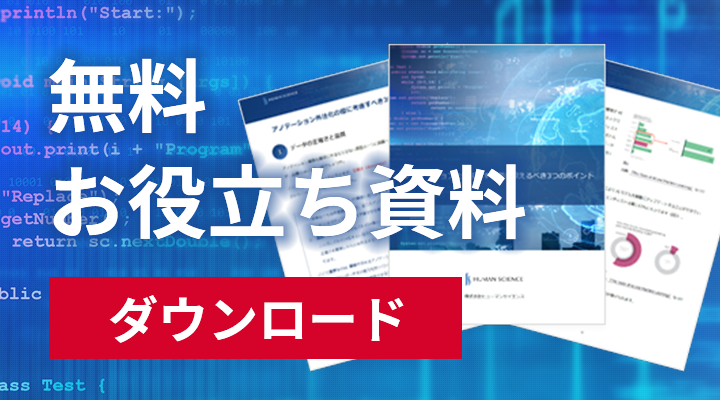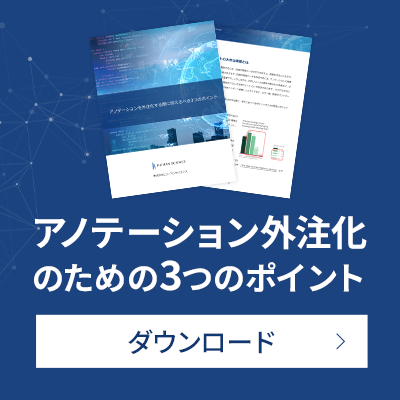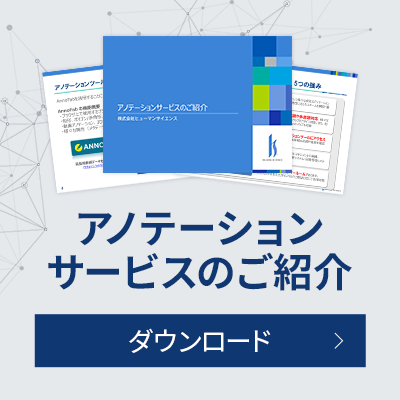
1. Introduction
In recent years, the evolution of generative AI has been remarkable, especially large language models (LLMs: Large Language Models), which have been increasingly implemented across various industries for tasks such as improving work efficiency, information gathering, and planning. New models are emerging daily, and while options like ChatGPT, Gemini, Perplexity, and Grok are expanding, there are also many situations where users find themselves wondering "Which one should I use?" or "Which one best fits my purpose?".
This article introduces the major LLMs by comparing their features, functions, and usability, and recommends models based on different use cases. Rather than advocating for a specific tool, it focuses on making it easier to choose based on "what purpose you want to use it for." We hope this will be helpful for those who are trying to incorporate LLMs into their work for the first time or those who want to try using multiple models.
- Table of Contents
2. Overview of Major LLMs
This article briefly introduces the four LLMs covered.
ChatGPT (OpenAI)
ChatGPT is a large language model developed by OpenAI and is currently one of the most well-known LLMs used by many companies and individuals. The model is continuously updated as part of the "GPT" series, steadily evolving in terms of naturalness of dialogue, response accuracy, and processing speed. It excels at natural conversation and document generation, with an intuitive interface, making it widely supported as an introduction to generative AI. Additionally, through a partnership with Microsoft, integration with Office products (such as Word and Excel) and the Azure OpenAI Service for business use is progressing.
Additionally, the paid plans offer flexibility suitable for business use, including access to high-performance models (GPT-4 series), plugins, and custom GPTs. The top-tier paid plan, the Enterprise Plan, provides security features and management functions tailored for companies, designed with full-scale business utilization in mind.
Gemini (Google)
Gemini is a multimodal generative AI developed by Google DeepMind, evolved from the former "Bard" series. It is built on Google Search technology and its strong integration with other Google services (such as Gmail, Google Docs, YouTube, etc.) is a key strength. Gemini features multimodal capabilities that handle not only text but also images and PDFs, with its range of support expanding through continuous updates from Google. This enables it to, for example, read PDF-format meeting materials to create summaries or generate reports including charts and tables, thus supporting documents containing information beyond just text.
Additionally, by linking with a Google account, users can access information and settings tailored to their environment, making it highly convenient for both personal and business use. For users who prioritize compatibility with Google products, it can be considered a strong option that allows for natural adoption and integration.
Perplexity (Perplexity AI)
Perplexity is an AI service characterized by its style of providing answers while searching and referencing real-time web information. It responds to user questions by presenting multiple related sources and summarizing the key points, making it suitable as a reliable information-gathering tool with cited references. Since answers clearly indicate source information such as URLs and article titles, it is a major strength that users can quickly obtain data backed by evidence for business or research purposes.
Furthermore, the paid plan allows users to switch between multiple advanced LLMs such as GPT-4 and Claude 3, enabling model selection according to the purpose. Responses in Japanese are also stable, with outputs that concisely summarize key points and have a clear sentence structure, which is well received. Perplexity's unique approach, combining search functionality and summary generation, makes it a powerful tool for business professionals and researchers who want to efficiently organize information.
Grok (xAI)
Grok is an interactive AI developed by xAI, led by Elon Musk, and is notably built with integration into the social media platform X (formerly Twitter) in mind. It particularly excels in accessing highly real-time information such as trending topics and user posts that are posted daily on X, giving it strong capabilities in understanding and responding to current events. Because it provides responses that take into account the flow of information centered on social media, it is also expected to be useful for trend analysis and marketing purposes.
Additionally, compared to other LLMs, its conversational style often includes casual and humorous outputs, making it a user-friendly design for those who want to enjoy more natural and human-like interactions. It is expected to become even more refined as xAI’s proprietary model in the future, representing a presence that suggests new possibilities for generative AI centered on integration with social media platforms.
3. Features, Strengths, and Weaknesses of Each LLM
The results of comparing each model in terms of performance and features are summarized below.
| Item | ChatGPT | Gemini | Perplexity | Grok |
|---|---|---|---|---|
| Developer | OpenAI | Google DeepMind | Perplexity AI | xAI |
| Accuracy and Stability of Responses | Outputs natural Japanese in both grammar and tone, suitable for business documents | Enables smooth Japanese output leveraging Google Translate technology | Skilled at concisely summarizing key points in accurate Japanese | Able to naturally handle casual and colloquial Japanese expressions |
| Research and search integration | Integration with Bing (from Plus plan onwards) | Information reference based on Google Search available | Capable of providing sourced answers based on web search | Strong in current topics through SNS integration |
| Diversity of output formats | Supports text, code, images, etc. | Supports text, images, PDFs, etc. | Text-focused, strong at summarizing key points | Text-focused, also supports SNS-style writing |
| User experience & UI | Simple UI designed for general users | UI with a unified feel of Google products | A simple screen layout displaying answers with sources in a list | Design integrated with X (formerly Twitter) |
| Examples of use cases | Creating project proposals, summarizing, document generation | Reading multiple documents, multimodal analysis | Research, organizing information with sources | Trend research, post support |
4. Comparison of Pricing Structures and Usage Restrictions (As of June 2025)
Many LLMs can be started for free, but some require payment to use high-performance models. Below is a comparison of the main pricing structures.
| LLM | Availability of Free Plan | Paid Plan (Reference) | API Availability | Main Limitations of Free Version |
|---|---|---|---|---|
| ChatGPT | Available | Plus: $20 per month | Available | Restrictions on response accuracy and speed during high load |
| Gemini | Available | Advanced: 2,900 yen per month | Available | Answer accuracy and other feature limitations apply |
| Perplexity | Available | Pro: $20 per month | Available | High-precision model limited to 5 times per day (standard model has no usage limit) |
| Grok | Available (up to 10 times every 2 hours) | SuperGrok: $30 per month | Available | Restrictions on advanced features (DeepSearch mode and Think mode) |
5. Recommended LLMs by Use Case
■Business Use (Data Analysis, Presentation Creation, Team Collaboration): ChatGPT
ChatGPT is useful when you want to quickly draft reports or proposals, or when you want to organize meeting notes and minutes into a polished form. It can generate natural and easy-to-read Japanese and excels in logical structure, making it suitable for situations where business documents need to be completed in a short time.
Also, if you specify the format and tone in advance, it will organize the document accordingly, making it convenient when you want to unify the document style within the team. By creating a custom GPT, it is also possible to provide responses that reflect internal rules and terminology.
■Information Search and Fact-Checking: Perplexity
Perplexity is invaluable when you want to grasp market trends or research a specific topic with evidence. It answers questions by referring to the latest information on the web with sources cited, allowing you to verify "where this information came from" while preparing research materials or reports.
When you want to investigate complex topics from a comprehensive perspective, you can utilize the Deep Research feature to obtain organized answers from multiple related viewpoints. It excels in situations where you need to balance accuracy and speed in information gathering.
■Real-time Information and Social Media Analysis: Grok
Grok is useful when you want to quickly grasp trending topics on social media or monitor reactions to your brand or services. It is integrated with X (formerly Twitter), making it easy to capture trends and user responses in real time, which is ideal for situations requiring time-sensitive decisions.
For example, during a campaign, analyzing "which types of posts are increasing" or "how user evaluations are changing" can help adjust marketing strategies and review PR policies.
■Security-Focused Use Cases (Handling Confidential Data): ChatGPT
When you want to use LLMs for tasks involving highly confidential data such as customer information or contract data, ChatGPT's Enterprise Plan (paid) provides peace of mind. It complies with regulations like GDPR and HIPAA and meets the information protection standards required for business operations.
Especially in industries requiring strict compliance, such as healthcare, finance, and legal sectors, it is important to choose an LLM with robust security measures. This is an appropriate choice when you want to establish a system to safely utilize generative AI within your organization.
■Document Processing and Multimodal Support: Gemini
For example, Gemini is useful when you want to load and summarize meeting materials in PDF format or organize and explain the contents of reports that include charts and tables. Its multimodal capabilities come into play when organizing information across multiple files or reading and processing materials that include images and layouts.
Additionally, since it can be integrated with Google services such as Gmail, Google Drive, and Calendar, it functions especially efficiently in work environments that regularly use Google Workspace. When you want to handle everyday tasks, where information tends to be scattered, through a single interface, Gemini is a strong option.
Note:
The performance of each LLM depends on the user's needs and usage environment. Please check the official websites for the latest features and pricing.
6. Summary
The major LLMs—ChatGPT, Gemini, Perplexity, and Grok—each have different development backgrounds, areas of expertise, and usage policies. Rather than just using a popular LLM by default, choosing a model that fits your specific goals and work can greatly impact productivity.
Especially when considering business use, careful selection including factors such as price, security, and data handling policies is crucial. We hope this article serves as a helpful guide when incorporating LLMs into your work.
7. Human Science Teacher Data Creation, LLM RAG Data Structuring Outsourcing Service
Over 48 million pieces of training data created
At Human Science, we are involved in AI model development projects across various industries, starting with natural language processing, including medical support, automotive, IT, manufacturing, and construction. Through direct transactions with many companies, including GAFAM, we have provided over 48 million high-quality training data. We handle a wide range of training data creation, data labeling, and data structuring, from small-scale projects to long-term large projects with a team of 150 annotators, regardless of the industry.
Resource management without crowdsourcing
At Human Science, we do not use crowdsourcing. Instead, projects are handled by personnel who are contracted with us directly. Based on a solid understanding of each member's practical experience and their evaluations from previous projects, we form teams that can deliver maximum performance.
Not only for creating training data but also supports the creation and structuring of generative AI LLM datasets
In addition to creating labeled and identified training data for data organization, we also support the structuring of document data for generative AI and LLM RAG construction. Since our founding, we have been engaged in manual production as a primary business and service, leveraging our unique know-how gained from extensive knowledge of various document structures to provide optimal solutions.
Secure room available on-site
Within our Shinjuku office at Human Science, we have secure rooms that meet ISMS standards. Therefore, we can guarantee security, even for projects that include highly confidential data. We consider the preservation of confidentiality to be extremely important for all projects. When working remotely as well, our information security management system has received high praise from clients, because not only do we implement hardware measures, we continuously provide security training to our personnel.

 Text Annotation
Text Annotation Audio Annotation
Audio Annotation Image & Video Annotation
Image & Video Annotation Generative AI, LLM, RAG Data Structuring
Generative AI, LLM, RAG Data Structuring
 AI Model Development
AI Model Development In-House Support
In-House Support For the medical industry
For the medical industry For the automotive industry
For the automotive industry For the IT industry
For the IT industry